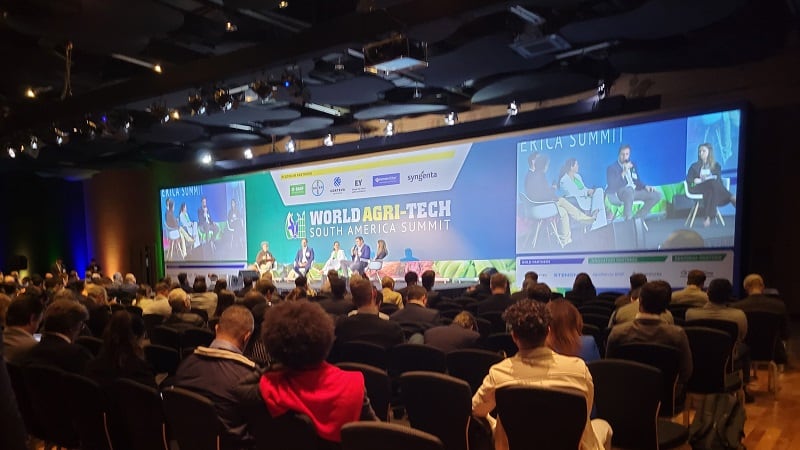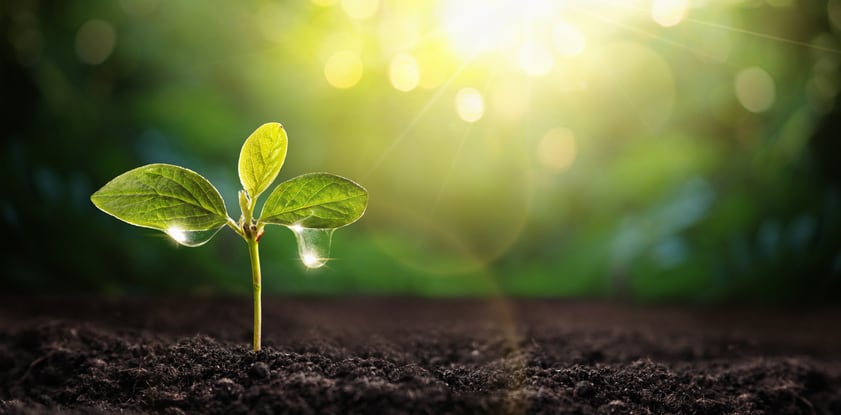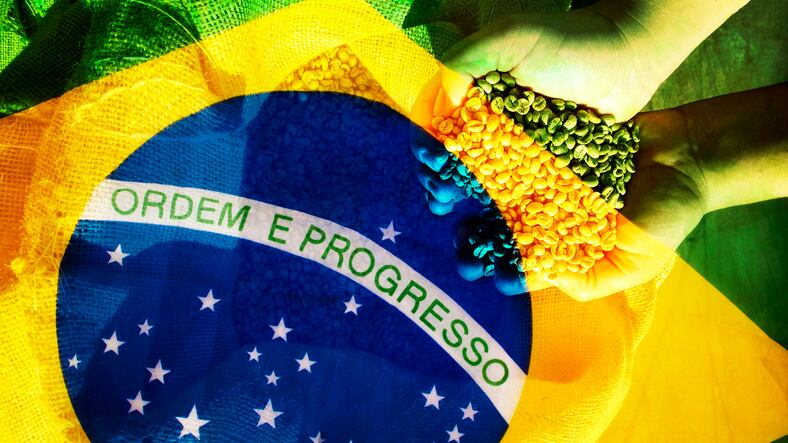Brazil’s agtech revolution was on full display at the 2025 World Agri-Tech South America Summit, on June 24-25 in São Paulo, as industry leaders and investors discussed how innovative technology — from ag biologicals to digital capabilities — and regenerative farming practices are making their way into Brazil agriculture and in farms around the world.
Developing a more sustainable Brazilian ag sector requires an integrated approach to promoting greener agriculture through new technologies and government regulations, Silvia Davila, president of LatAm for Danone, said during the open presentation on the first day.
“Agriculture is what changes everything,” Davila elaborated.
She added, “How do we create [a sustainable] ecosystem? It has to do with policies. Of course, it has to do with incentives. Of course, it has to do with responsible use of water — of energy. And then how do you create that in a regenerative way that brings back to the planet what we are taking from it."
Brazil’s deep ag biologicals roots
A pillar of Brazil’s sustainable farming industry is the use of ag biologicals as a substitute for synthetic fertilisers and pesticides, with the country remaining a hot market for the crop input today.
The country’s government created the Brazilian Agricultural Research Corporation (Embrapa) in 1973 to expand the country’s agricultural exports, which was partially responsible for spreading the use of biologicals in the country, Reinaldo Bonnecarrere, head of biologicals at LatAm and Europe at Indigo, explained.
Brazil's ag powerhouse by the numbers
The Brazilian agribusiness sector exported a total of $164.4 billion in 2024 — the second-highest in record — accounting for 49% of the country’s total exports, according to Brazil’s Ministry of Agriculture. Brazil exported $49.57 billion to China, and $23.2 billion to Europe and $12.1 billion to the US. Coffee exports surged by 52.6% during the year, while meat exports grew by 11.4% and the sugar-alcohol complex by 13.3%, the agency stated.
“We have some moments in our history that biologicals helped a lot. Bradyrhizobium was very important for nitrogen fixation on soybeans, and Embrapa did an amazing work to develop the non-transfer soybean, and the adoption today is really high,” Bonnecarrere elaborated.
Brazilian farmers are gravitating towards biologicals because they have been proven time and time again in the field to increase yields and regenerate the soil, Thomas Carolla, partner at venture capital firm 10B Gestora de Recursos, explained.
“The growers in Brazil are very pragmatic and data-driven. They are focused on one thing — profitability. Brazilian farmers use biologicals because they are productive and cost efficient,” Carolla elaborated.
Biologicals are now “competitive” with chemical fertilisers in Brazil, but the market competition is adding a layer of complexity to growers who are having a hard time deciding between similar products at different price points, Bonnecarrere explained.
“For the farm, it is very difficult to separate what is a high-performer product or what is a product that does not perform [at] the same level,” Bonnecarrere noted.
Is regen ag washing becoming a problem?
Adopting regenerative agriculture practices is a method of reducing carbon emissions by promoting soil health by shifting to more sustainable agricultural inputs, ultimately leading to greater crop yields.
However, the definition of what is and is not regenerative agriculture — and more importantly how to measure sustainability on the farm — differs between growers, Livia Ignácio, head of South America at the global non-profit for sustainable sugarcane production Bonsucro, explained.
“It is not about implementing practices at field level and self-declaring that they are regenerating the environment. Everyone needs to follow the same rule,” Ignácio elaborated.
Bonsucro created a Production Standard designed to support regenerative agriculture — focusing on four impact areas of biodiversity, climate, soil and water — as well as environmental and social responsibility practices in the sugarcane sector. Additionally, Bonsucro offers a Chain of Custody Standard that ensures sustainability attributes are traceable across the value chain.
“We have been involved with developing standards that serve as a common framework for the sugarcane sector to adopt regenerative practices at field level. So, here in Brazil, for example, we have more than 1.5 million hectares certified following these practices. And the most important conclusion of certification, in our view, is really to serve as market reassurance [and] really to build more market demand,” Ignácio said.
Agtech’s ROI “sometimes is not immediate”
Innovative ag technologies, like biologicals and digital platforms, can solve real problems on the farm but not unless the grower is aware that the solution is available in the first place, a problem Inter-American Development Bank (IDB) is trying to solve.
IDB connected Peruvian asparagus, avocado and blueberries producer Agricola Cerro Prieto (ACP) and SeeTree through its Agrinnova programme, which pairs food producers searching for technology solutions with those offering services, Alejandro Escobar, lead investment officer at IDB LAB, explained.
Agrinnova “was designed to precisely bring together the needs at the farm level — the needs of the production — of what is happening on the ground and the technology providers. We think there is a gap.” Escobar elaborated.
ACP partnered with Israel-based agtech software company SeeTree to use its tree-health technology on ACP’s farms, Denis Silveira, general manager of Brazil for SeeTree, explained. SeeTree’s software compiles satellite data and drone imagery to allow growers to assess the health of trees on the farm, which in the case of ACP includes 1,000s of avocado trees, Silveira added.
Digitising farms comes with a unique set of challenges and opportunities, which requires organisations to change their normal processes and foster a cultural mindset around change, Silveira explained.
Additionally, the return on investment for an agtech investment “sometimes is not immediate,” since a tech solution might not show its value until after a harvest — months after making a tech investment, Silveira admitted.
“Every single grower has their own pains, and we make sure that we try to understand exactly what are these pains, and try to address [them] mostly with data. When we start to digitise every single tree, every single step of production [on] the farm, we start to reveal things that sometimes the grower did not know even was there,” Silveira elaborated.





